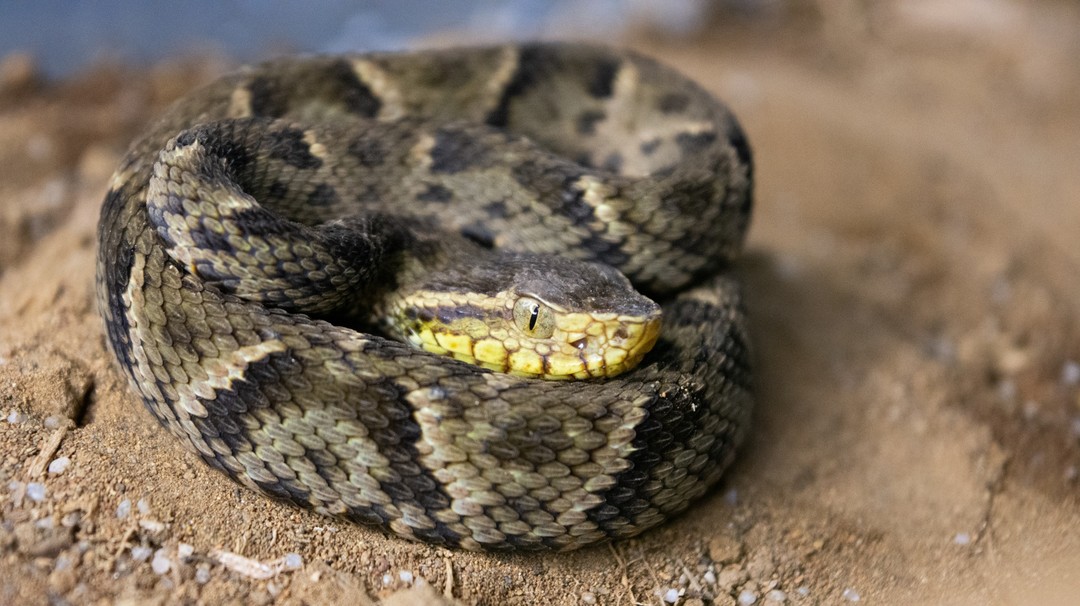– Debunking common myths about snakes and their portrayal as fearful creatures.
– The role of education in dispelling misconceptions and fostering a better understanding of snakes.
– The conservation and ecological significance of snakes in their natural habitats.
– How zoos play an essential part in snake conservation and public education.
– Encouraging respectful and informed interactions with wildlife, including snakes.
Serpents have slithered throughout history, often cast in a menacing light in myths and legends. Yet many of these widespread beliefs do not reflect reality. An informed discussion about these misconceptions can transform fear into fascination and respect for these extraordinary reptiles. Let’s address and debunk five common myths that generate unnecessary fear.
The first myth that causes undue dread is the idea that all snakes are venomous and out to harm humans. In truth, only a minority of the 3,500 snake species possess venom potent enough to be dangerous to humans. Moreover, snakes do not have a vendetta against people. They generally bite only if they feel threatened or provoked. It’s essential to remember that snakes play a critical role in maintaining ecological balance by controlling rodent populations.
Another fallacy is that snakes can hypnotize or mesmerize their prey. This notion likely stems from the intense focus and stillness some snakes display before striking. However, snakes cannot hypnotize; they are adept hunters using their senses and patience to capture prey. Their success is based on evolution and adaptation, not supernatural powers.
A further misconception is that snakes are slimy. Snakes are covered in keratin scales, the same substance that makes up human hair and nails. These scales are smooth and dry, not slimy to the touch. The confusion may arise from a snake’s sleek appearance, giving the false impression of moisture.
Another distortion is the myth that snakes chase human beings. Snakes may move towards you if you’re between them and their safe retreat, but it’s not a chase. They’re trying to escape, not attack. When encountering people, a snake’s primary response is to flee to avoid confrontation.
Lastly, the belief that snakes can come out of the toilet is largely unfounded. While there have been isolated incidents of snakes ending up in plumbing, these instances are extremely rare and usually involve pet snakes or those searching for water during a drought. Typical house plumbing is not a conducive pathway for snakes.
Educating the public about the realities of snake behavior is critical. Zoos like the Zoologico de Cali have a vital role in this task. Through controlled environments in serpentariums, they showcase the diversity and beauty of snakes, offering visitors a chance to observe these creatures safely. Zoos contribute to both in-situ and ex-situ conservation and provide vital insights into the necessities for snake preservation.
Conservation programs are crucial for maintaining biodiversity. Snakes often face threats from habitat loss, persecution, and the pet trade. By supporting conservation and research efforts, zoos help protect these reptiles and their critical roles in ecosystems. Conservation efforts often focus on habitat preservation, species-specific programs, and public awareness campaigns.
Encountering wildlife, including snakes, requires respectful and informed actions. People should keep a safe distance and never attempt to handle wild snakes. Learning about local snake species and their behavior goes a long way in preventing misunderstandings. As knowledge grows, fascination can replace fear, allowing for a harmonious coexistence with these crucial reptile species.
Zooological institutions and conservationists aim to shift public perceptions of snakes by dispelling myths and educating the populace. Snakes are not fearsome beasts of lore but fascinating creatures worthy of our respect and protection. The details shared here serve as an invitation to look beyond the myths and appreciate snakes’ integral role within the tapestry of biodiversity.
*****
Source Description
¡5 mitos sobre las serpientes que generan miedo y son falsos! 🐍 ¿Conoces algún otro mito sobre estos fascinantes reptiles? ¡Déjanos tu comentario y comparte tu opinión!
📍Planea tu visita en https://www.zoologicodecali.com.co/ y descubre nuestro serpentario💚
.


